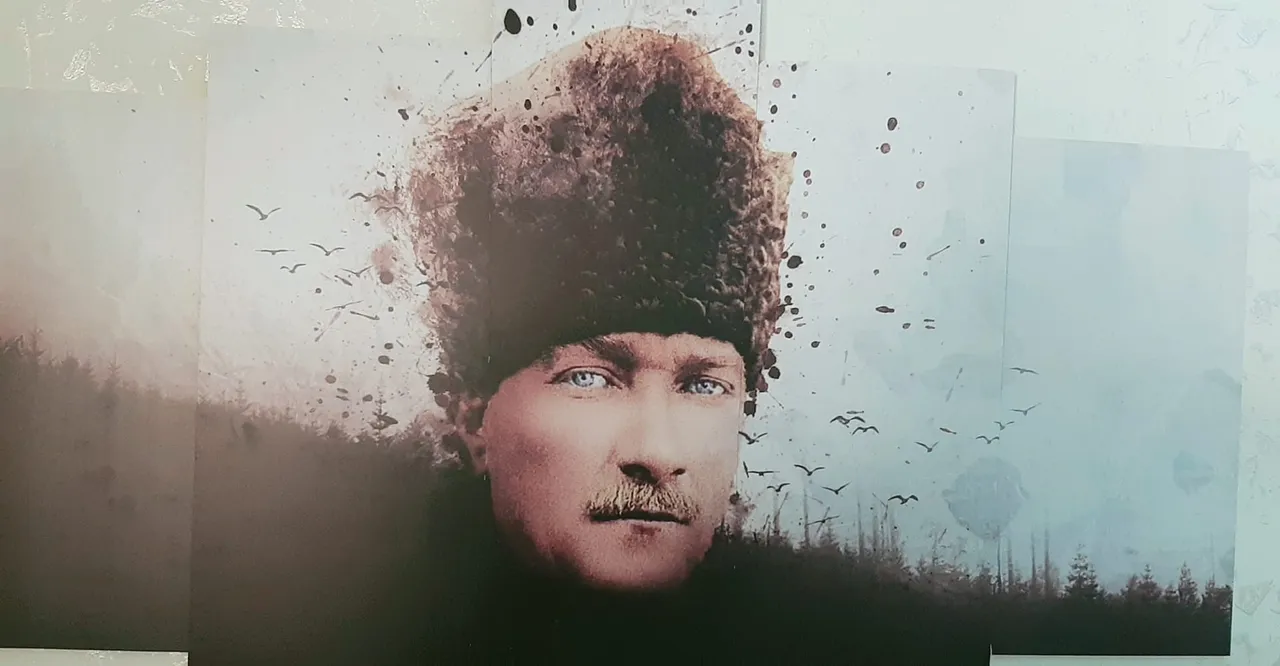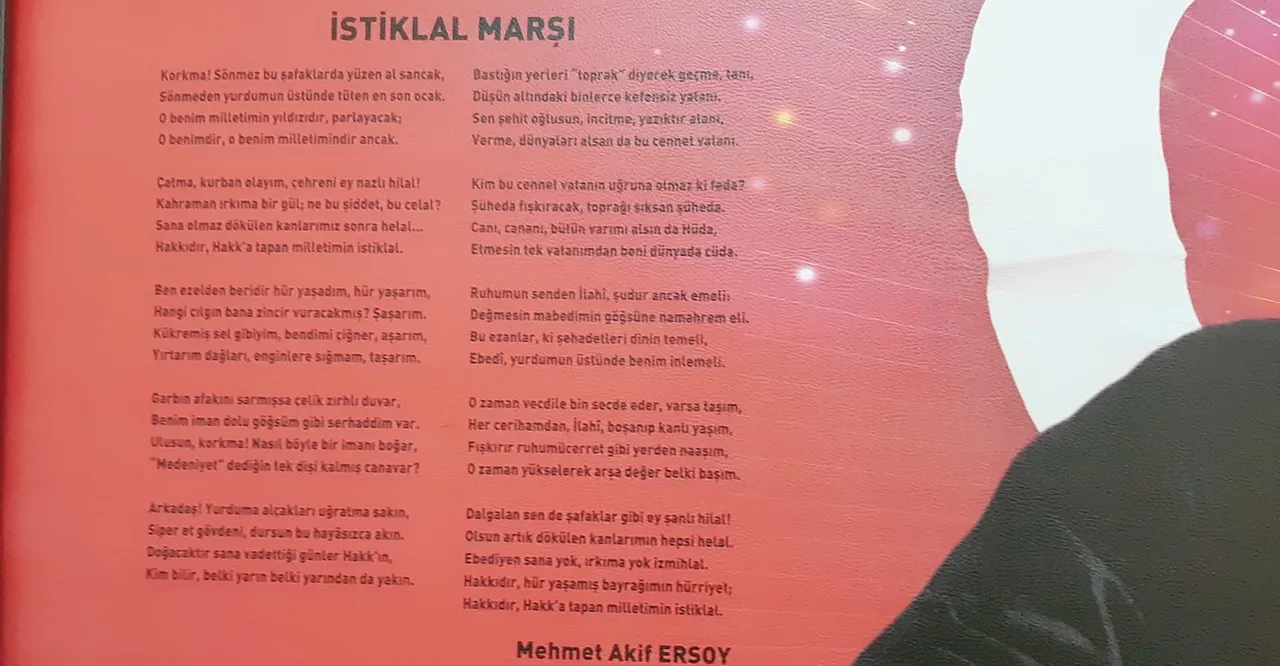The Turkish nation has survived many legendary wars in the past. The foundation of the Republic of Turkey was reborn in a process that perhaps all civilizations should take as an example. This process, which started with the 1453 Conquest of Istanbul, ended with the Great Offensive, namely the Great Victory, initiated by Gazi Mustafa Kemal Pasha and his comrades. After these bloody wars, a national anthem of the Republic of Turkey emerged and became the "İstiklal Marşı".
Merhaba Sevgili Arkadaşlarım,
Türk milleti geçmiş tarihte bir çok efsane savaşlar atlattı. Türkiye Cumhuriyetinin kuruluşu, belki de bütün medeniyetlerin örnek alması gereken bir süreçte yeniden doğdu. 1453 İstanbul Fethiyle başlayan bu süreç, Gazi Mustafa Kemal Paşa ve onun silah arkadaşlarının başlatmış olduğu Büyük Taarruz yani, Büyük Zaferle sonuçlandı. Bu kanlı savaşlardan sonra Türkiye Cumhuriyet'inin milli bir marşı ortaya çıktı oda "İSTİKLAL MARŞI" oldu.
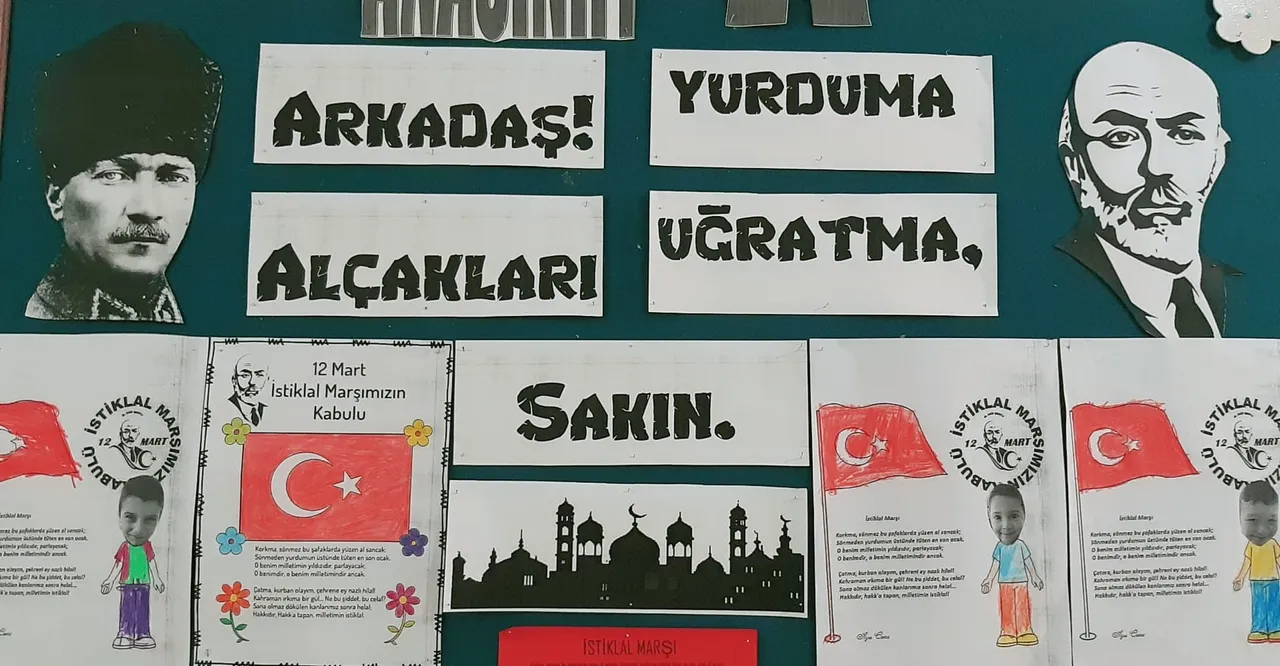
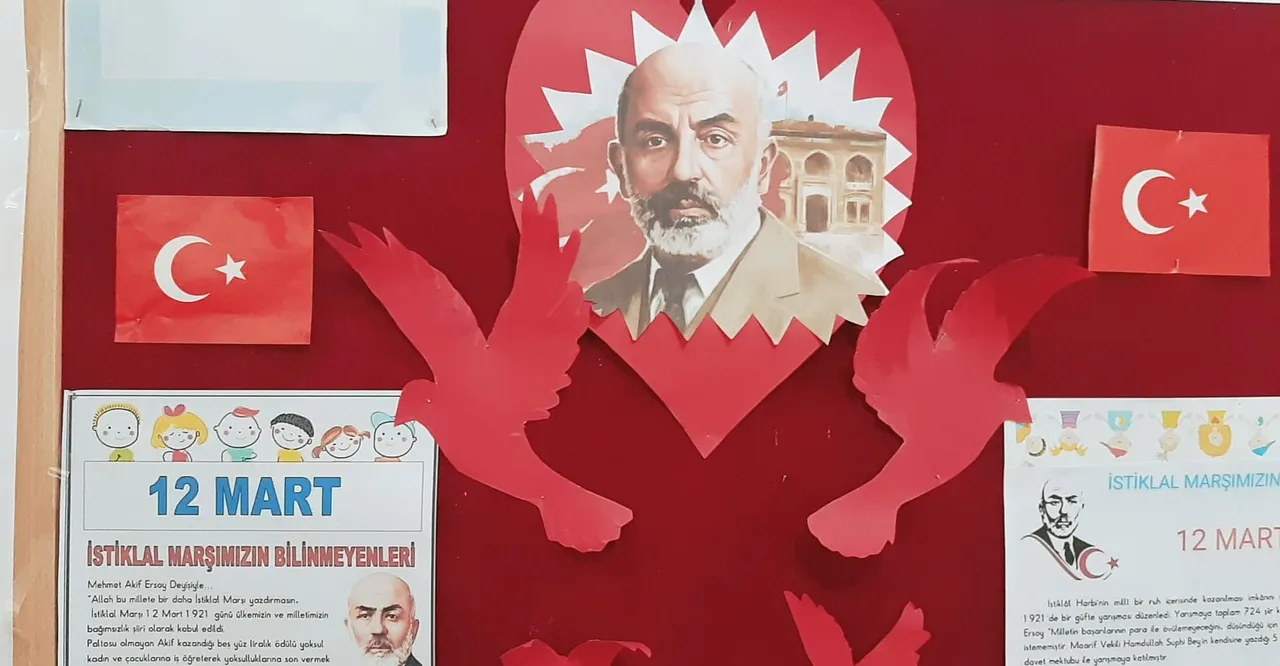
For a country that gained its independence, the National Anthem is the symbol of freedom, patriotism and the manifestation of the spirit of nationalism. I would like to share with you how our National Anthem, the 100th anniversary of which we celebrate, came about.
Bağımsızlığını kazanan bir ülke için Milli Marş, özgürlüğün ,yurtseverliğin simgesi ve milliyetçilik ruhunun ortaya koyulmasıdır. 100. yılını kutladığımız İstiklal Marşı'mızın nasıl ortaya çıktığını sizlerle paylaşmak istiyorum.
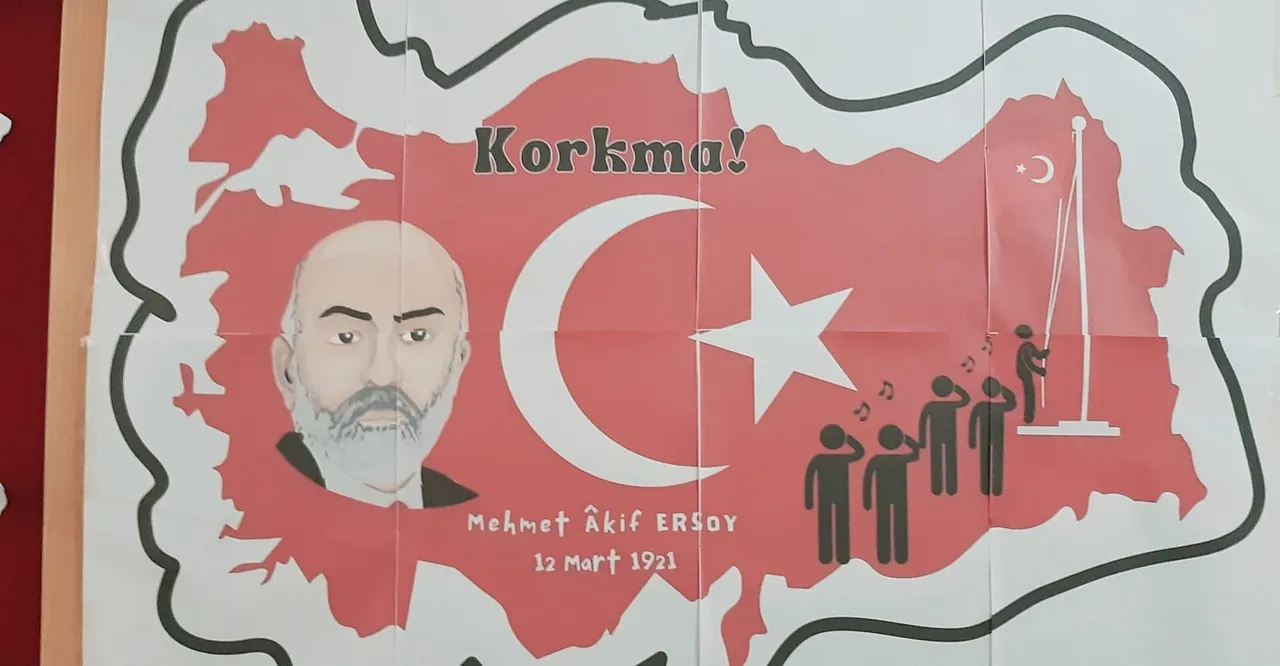
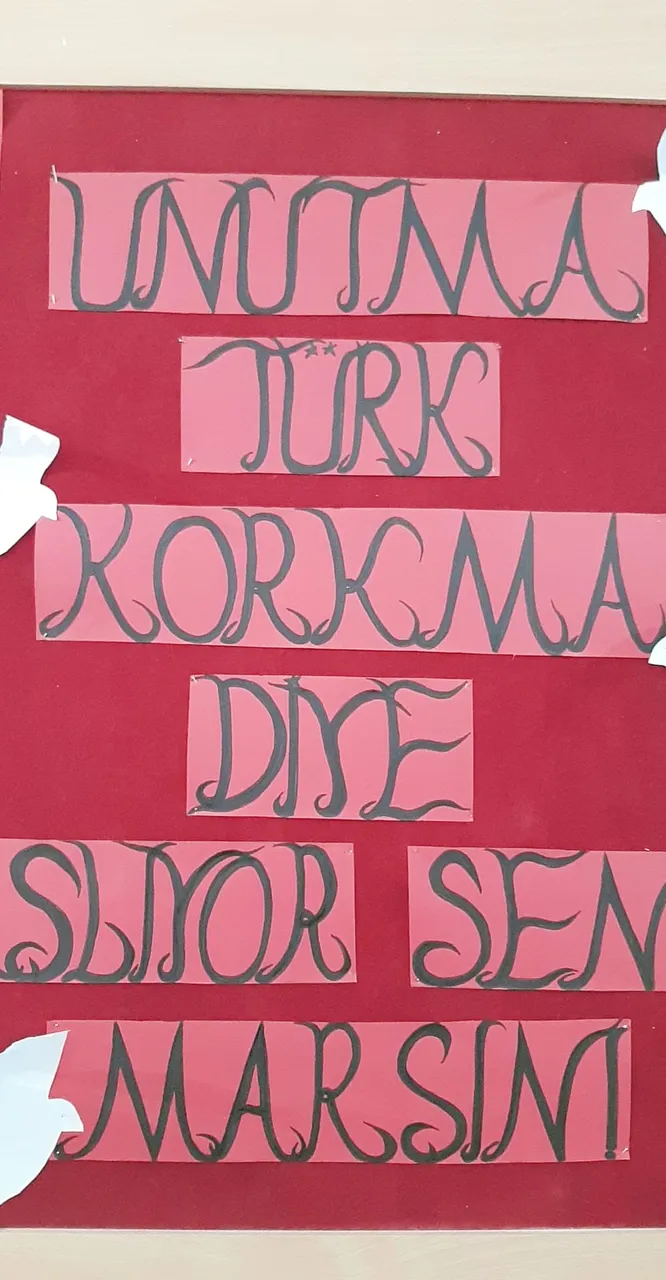
When Anatolia was under occupation, that is, towards the end of the First World War, the Ottoman army was exhausted and the strength of the resistance forces decreased. In such an environment, the Ministry of National Education organized a competition with an award of 500 liras in order to write an anthem that would mobilize and excite the Turkish nation and unite the love of the nation. The main purpose of the competition; It covered how the Turkish nation would stand up in those difficult times, the state of the nation and the importance of being able to express the feeling of independence in the best possible way. None of the poems that participated in the competition at that time were liked. Mehmet Akif Ersoy, who was a deputy of Burdur at that time, received a special letter from the Minister of National Education. In that letter, he asked the poet of the period to write an anthem for the Turkish nation. Mehmet Akif Ersoy did not participate in this competition due to his discomfort with the money prize. What was important for him was that such a service on behalf of the Turkish nation should not have been paid for. Finally convinced, Mehmet Akif Ersoy wrote a poem for the heroic soldiers of the Turkish army and on behalf of the Turkish Nation. This poem was unanimously accepted by the Turkish Grand National Assembly on March 12, 1921. Source
Anadolu'nun işgal altında olduğu zamanlarda yani Birinci Dünya Savaşı sonlarına doğru, Osmanlı ordusu bitkin düşmüş, direniş kuvvetlerinin de gücü azalmıştı. İşte tam da böyle bir ortamda Türk milletini harekete geçirecek, heyecanlandıracak ve Millet sevgisini bütünleştirecek bir marşın yazılması için Milli Eğitim Bakanlığı o dönemlerde 500 lira ödüllü olan bir yarışma düzenledi. Yarışmanın asıl amacı; Türk milletinin o zor zamanlarda nasıl ayağa kalkacağını, milletin durumunu, Bağımsızlık duygusunu en iyi şekilde dile getirebilmenin önemini kapsıyordu. Yarışmaya o dönemlerde katılan şiirler arasında hiçbiri beğenilmedi. O dönemlerde Burdur Milletvekili olan Mehmet Akif Ersoy, Milli Eğitim Bakanından özel bir mektup aldı. O mektupta dönemin şairine Türk milleti için bir marş yazmasını istedi. Mehmet Akif Ersoy bu yarışmaya para ödülü koyulmasından duyduğu rahatsızlıktan ötürü katılmamıştı. Onun için önemli olan , Türk milletini adına yapılan böyle bir hizmetin para karşılığı olmamalıydı. Sonunda İkna olan Mehmet Akif Ersoy Türk ordusunun kahraman askerlerine ve Türk Milleti adına bir şiir yazdı. Bu şiir TBMM tarafından 12 Mart 1921 tarihinde oy birliğiyle kabul edildi. Kaynak

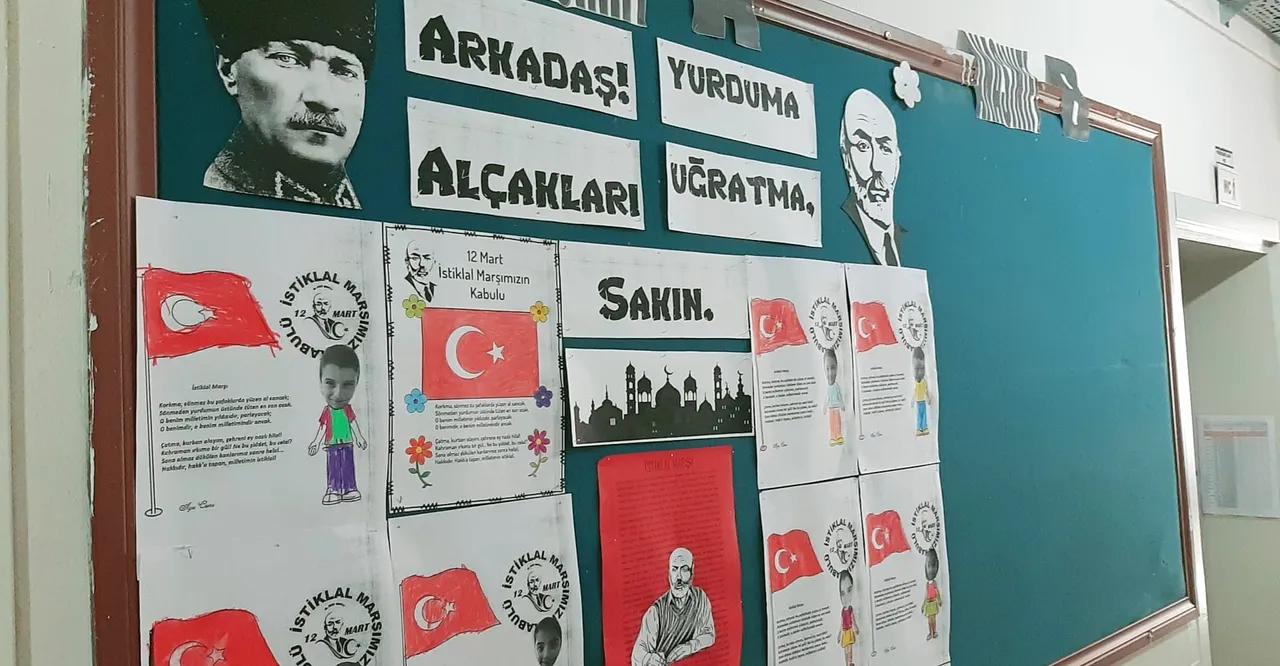
Again at that time, Mehmet Akif Ersoy tried to write the poem for 2 days by closing himself in closed rooms in a dervish lodge in Ankara to write this poem. In fact, when the papers were not enough, he started to write his sentences on the walls. He even burst into tears while expressing his feelings because he observed very well the troubles that the Turkish nation went through during the wars. He traveled every inch of Anatolia and documented the bad and difficult situations of the Turkish people, and led the resistance of all the people in the country in the name of Independence.
Yine O dönemlerde Mehmet Akif Ersoy bu şiiri yazmak için Ankara da bulunan bir dergahta kendisini kapalı odalara kapatarak 2 gün boyunca şiiri yazmaya çalışmıştır. Hatta kağıtlar yetmeyince cümlelerini duvarlara yazmaya başlamış. Türk milletinin savaşlarda geçirmiş olduğu sıkıntıları çok iyi gözlemlediği için duygularını ifade ederken gözyaşlarına bile boğulmuş. Karış karış Anadolu'yu gezerek Türk halkının içinde bulunduğu kötü ve zor durumları kağıda dökerek, Bağımsızlık adına yurtta tüm halkın direnişine ön ayak olmuştur.
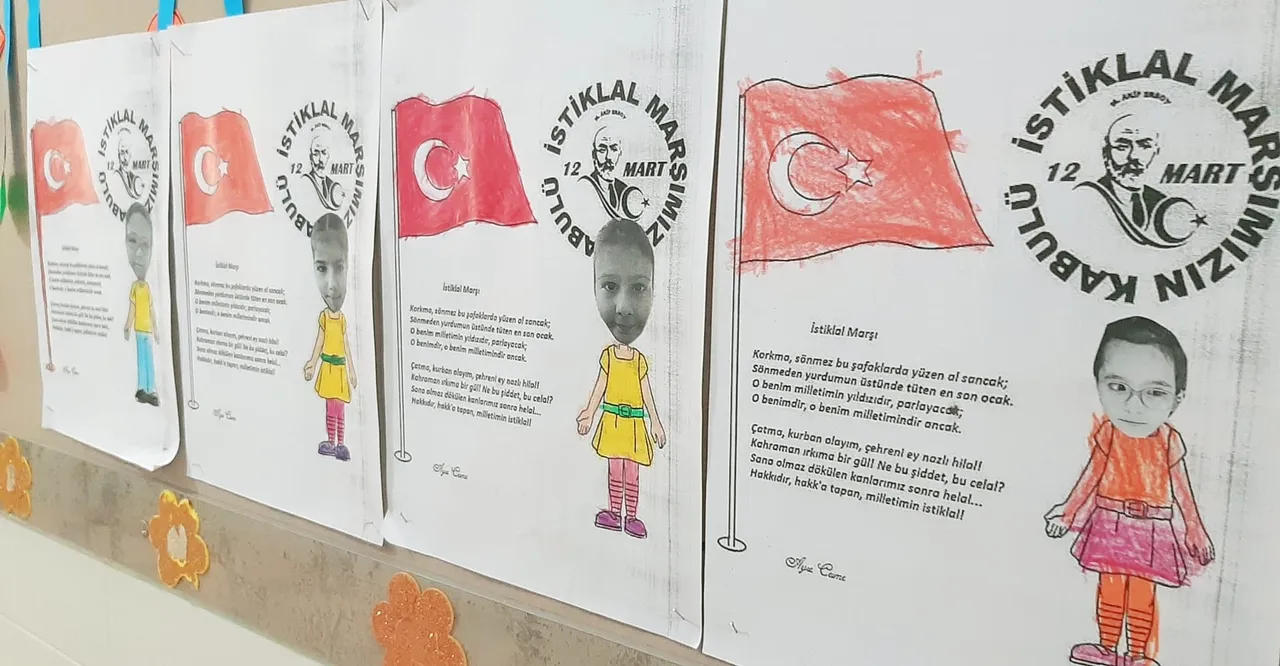
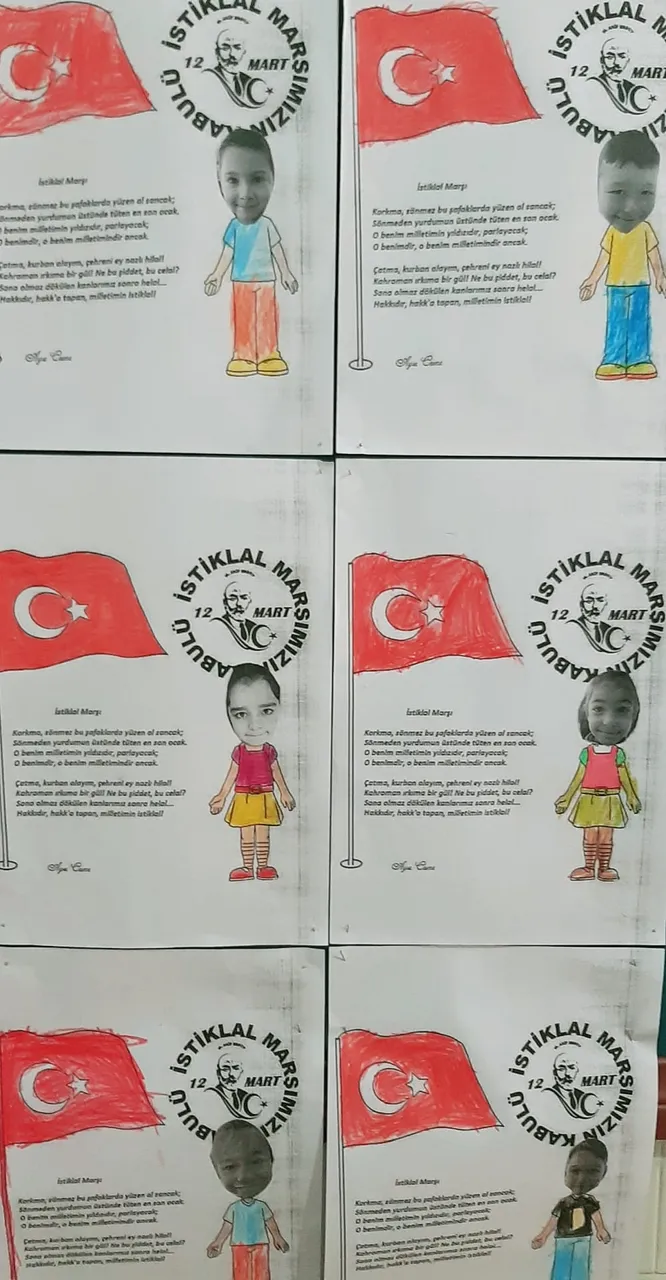
Today, we have planned some activities in our school in honor of the acceptance of the March 12 National Anthem. We asked our students to write the verses of the National Anthem and draw pictures to recognize who Mehmet Akif Ersoy is. We tried to show these works on the board and visual corners of our school. In addition, to emphasize the importance of the day, we gathered all the classes in the School Garden and sang the National Anthem in unison after a minute of silence.
Bugün de bizler 12 Mart İstiklal Marşının Kabulü onuruna Okulumuzda bazı etkinlikleri planladık. Öğrencilerimize İstiklal Marşının mısraları yazmalarını ve Mehmet Akif Ersoy'u kim olduğunu tanımaları için resimler çizmelerini istedik. Bu yapılan çalışmaları Okulumuzun pano ve görsel köşelerinde de göstermeye çalıştık. Ayrıca günün önemini belirtmek üzere tüm sınıfları Okul Bahçesinde toplayarak bir dakikalık saygı duruşundan sonra, İstiklal Marşını hep bir ağızdan seslendirdik.
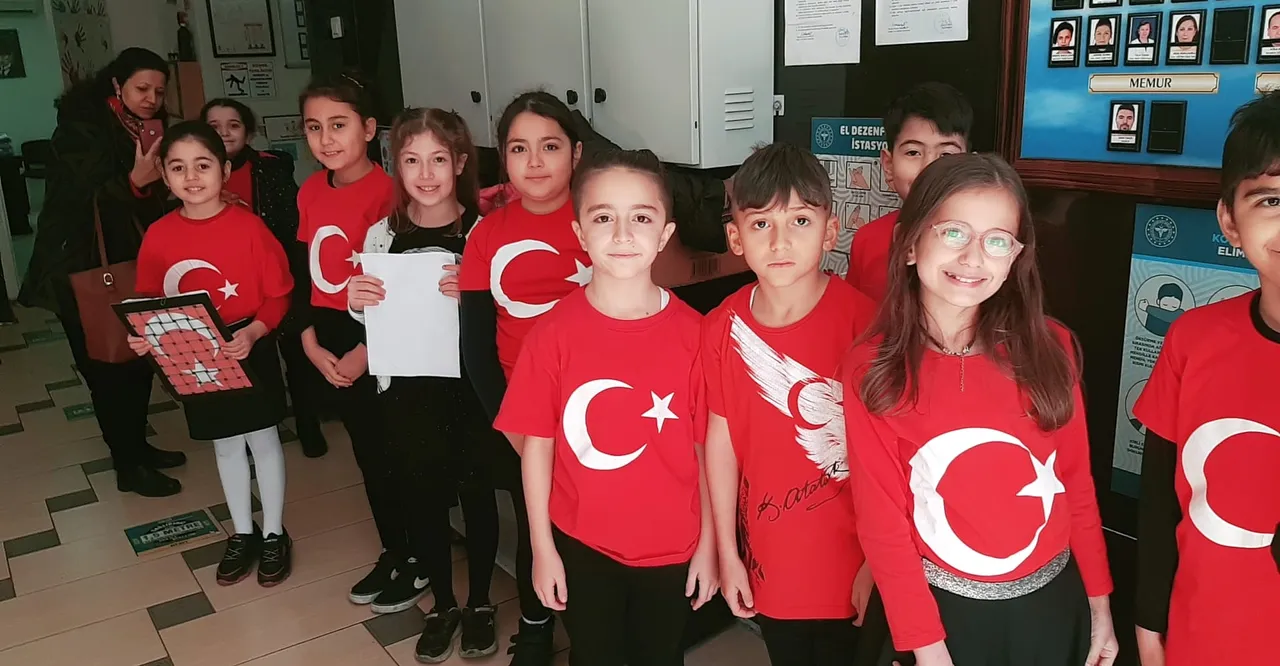
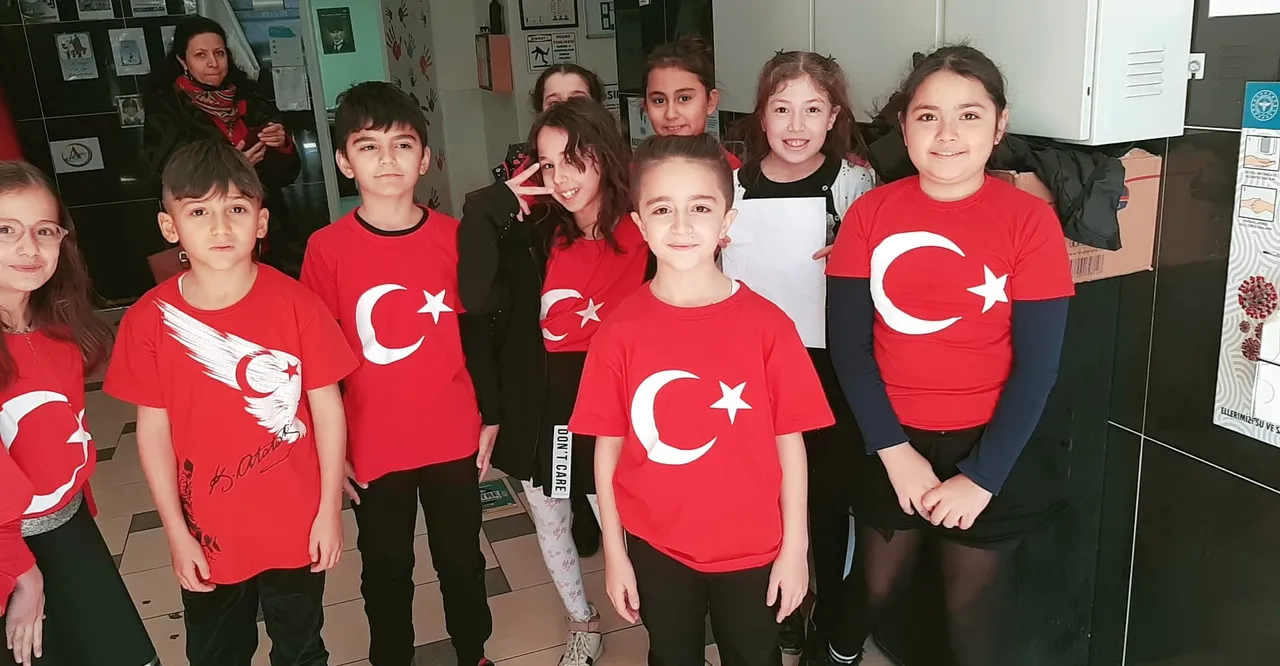
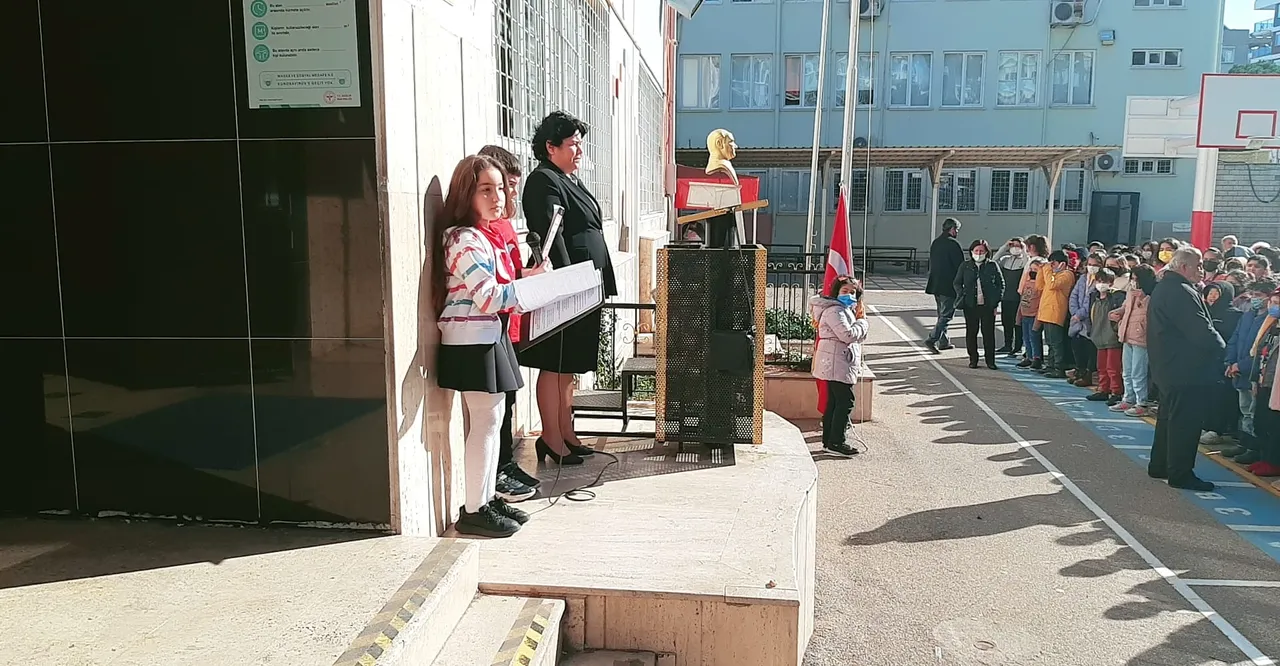
Now, I would like to finish my article by showing you the words of this epic National Anthem consisting of 12 stanzas and the picture of the founder of our Republic, Gazi Mustafa Kemal Atatürk. Let's join hands for Freedom and Independence. Stay with love and health my friends...
Şimdi sizlere 12 kıtadan oluşan bu destansı İstiklal Marşının sözlerini ve Cumhuriyetimizin kurucusu Gazi Mustafa Kemal Atatürk'ün resmini göstererek yazımı bitirmek istiyorum. Hürriyet ve Bağımsızlık için el ele verelim. Sevgiyle ve Sağlıcakla kalın dostlarım...
